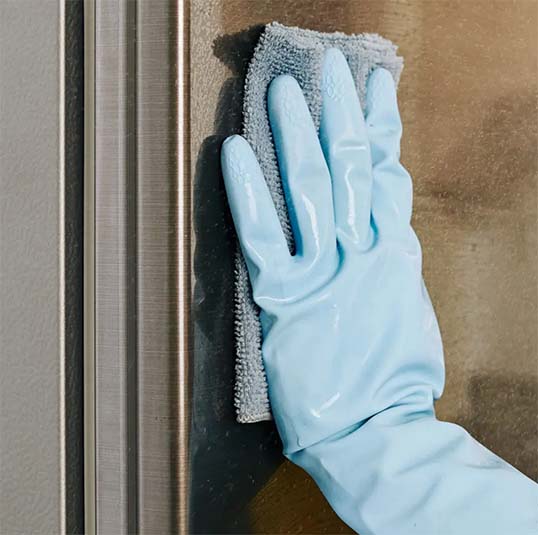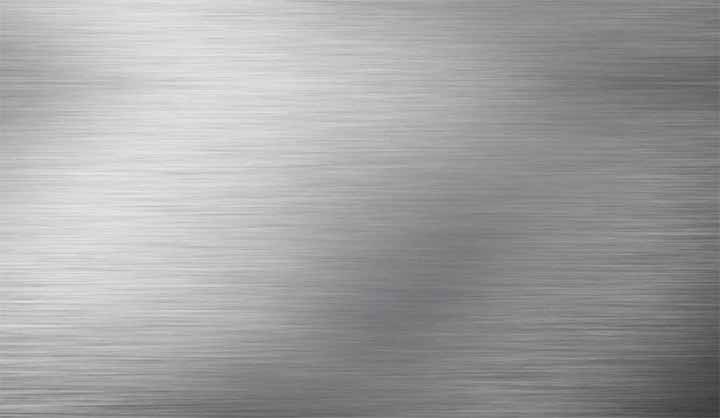Caring for Stainless Steel
Let us take the mystery out of caring for stainless steel. Despite what you may have heard, stainless steel IS susceptible to rusting. In fact, corrosion on metal is common. It is easily recognizable on iron and steel as unsightly yellow/orange rust. Therefore, such metals are labeled active because they actively corrode in a natural environment. […]
Caring for Stainless Steel Read More »



